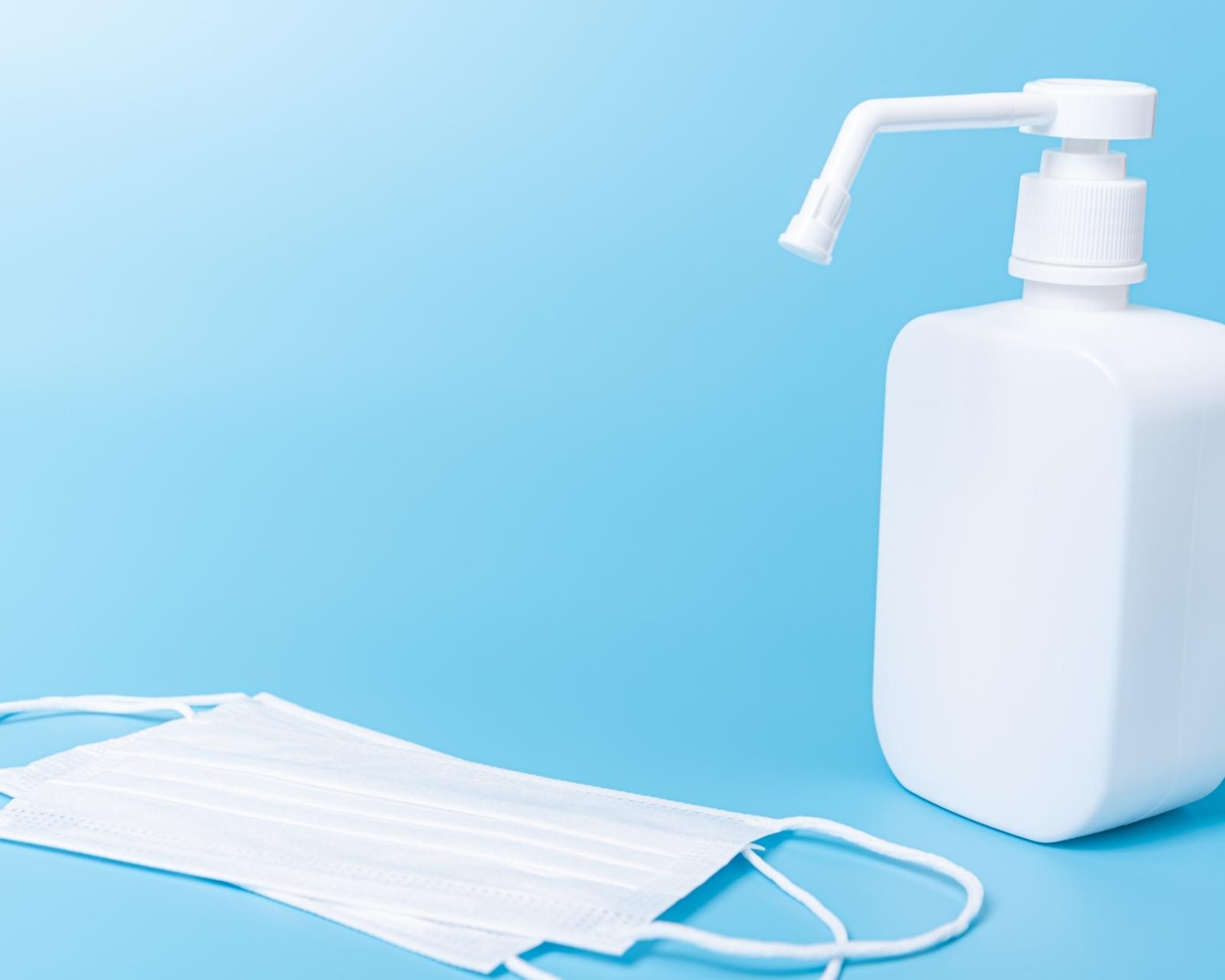Delegation and assignment of nursing activities are important parts of the implementation component of practice for the licensed nurse. The licensed nurse may assign and/or delegate nursing care activities to other licensed nurses and unlicensed assistive personnel based upon their own license, assessment of the patient’s status, clinical competence of available licensed and unlicensed personnel, the variables in each practice setting, and the policies and procedures. Assignments may vary within that time frame as the number of patients, staff, or patient care needs change.
The Mode of Care Delivery – is the means of patient care delivery, specific to assignments, responsibilities and nursing tasks. Frequently used modes of care include:
Total Patient Care — is a method by which nurses assume total responsibility for meeting all the needs of their assigned patient(s) during their time on duty.
Functional Nursing — is a means by which nursing staff is assigned to tasks related to the care of all the patients within a specific area.
Modular or Team Nursing — is a method in which nursing staff collaborates to provide care to a group of patients under the direction of a professional nurse.
Telford method in staffing the general areas guidelines
The actual number of nurses for a particular ward per hour is determined by professional judgment. Then the number is converted into Whole Time Equivalent by using the following formula:

Example:
A ward with a bed capacity of 20 and an average number of patients per day is 16 (20 x 80% = 16). For the three shifts morning, afternoon/late, night where the nurses work eight hours a day, would need in Whole Time Equivalent (WTE).
Nurse-Patient Ratio as per the Patient Care Classification using four levels of Nursing Care Intensity is:
1:4 = 4 RN for 16 patients
4 RN x 3 shift = 12 RN for 24 hours
Formula:
12 RN x 8 hours x 7 days
48 hours per week = 14 WTE
In addition, of 23% should be added to this number to make provisions for vacations, sickness, public holidays, emergency leave, etc.
14 + 23% (3.22) WTE = 17 Nurses
Patient care classification using the four levels of nursing care intensity: Nurse-patient ratio to provide necessary care
| Area of care | Category 1
1:3 or 1:4 |
Category 2
1:2 |
Category 3
1:1 or 1:2 |
Category 4 1:1 |
|---|---|---|---|---|
| Eating | Feeds self or need little food | Needs some help in preparing food tray; may need encouragement. | Cannot feed self, but can chew and swallow. | Cannot feed self and may have difficulty swallowing. |
| Grooming | Almost entirely self-sufficient | Needs some help in bathing, oral hygiene, hair combing, and so forth. | Unable to do much for self. | Completely dependent. |
| Excretion | Up and to bathroom alone, or almost alone. | Needs some help in getting up to bathroom or using urinal. | In bed, needs bedpan or urinal placed; may be able to partially turn or lift self. | Completely dependent. |
| Comfort | Self-sufficient. | Needs some help with adjusting position or bed (e.g. tubes, IVs). | Cannot turn without help, get drink, adjust position of extremities, and so forth. | |
| General Health | Good — in for diagnostic procedure, simple treatment, or surgical procedure (D&C, biopsy, minor fracture). | Mild symptoms — more than one mild illness, mild debility, mild emotional reaction, mild incontinence (normore than once per shift). | Acute symptoms — severe emotional reaction to illness or surgery, more than one acute illness, medical or surgical problem, severe or frequent incontinence. | Critically ill — may have severe emotional reaction. |
| Treatments | Simple – supervised ambulation, dangle, simple dressing, test procedure preparation not requiring medication, reinforcement of surgical dressing, vital signs once per shift. | Any Category 1 treatment more than once per shift, Foley catheter care, I&O; bladder irrigations, sitz bath, compresses, test procedures requiring medications or follow-ups, simple enema for evacuation, vital signs every 4 hours. | Any treatment more than twice per shift, medicated !Vs, complicated dressings, sterile procedures, care of tracheostomy, Harris flush,suctioning, tube feeding, vital signs more than every 4 hours. | Any elaborate or delicate procedure requiring two nurses, vital signs more often than every 2 hours. |
| Medications | Simple, routine, not needing pre-evaluation or post evaluation; medication no more than once per shift. | Diabetic, cardiac, hypotensive,hypertensive, diuretic, anticoagulant medications, prn medications, more than on per shift, medications needing pre-evaluation or post evaluation. | High amount of Category 2 medications, control of refractory diabetes (need to e be monitored more than every 4 hours). | Extensive Category 3 medications; IVs with frequent close observation and regulation. |
| Teaching and Emotional Support |
Routine follow-up teaching; patients with no unusual or adverse emotional reactions. | Initial teaching of care of ostomies, new diabetics; tubes that will be in place for periods of time; conditions requiring major change in eating, living or excretory practices; patients apprehensive patients; with mild adverse reactions to their illness (e.g. depression, overly demanding). | More intensive Category 2 items; teaching of apprehensive or mildly resistive patients; care of moderately upset or apprehensive patients; confused or disoriented patients. | Teaching of resistive patients, care and support of patients with severe emotional reaction. |
Source: California Nurses Association (www.calnurses.org)













